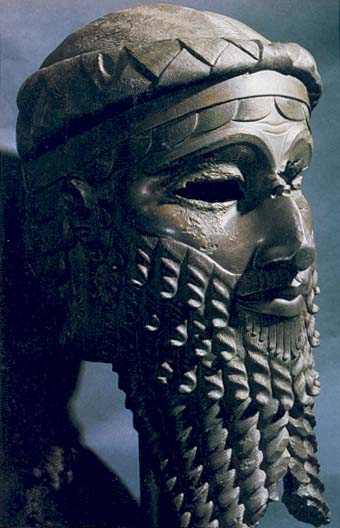Image Details

Erich Lessing
“The woman conceived and bore a son … [and] she put [him in a papyrus basket and] placed it among the reeds on the bank of the river” (Exodus 2:2–3). So begins the story of Moses, or is it the story of Sargon of Akkad? Sargon, the subject of this cast copper head, was also set afloat in a waterproof basket by his mother, on the Euphrates River, but a gardener rescued him. He grew up to rule Babylonia for more than 50 years in the 23rd century B.C. Sargon’s story is told on cuneiform tablets from about the eighth century B.C., which are actually copies of texts from a thousand years before, which, in turn, were copies of texts from monuments built 500 years earlier. Author Alan Millard notes in the accompanying article that scribes in the ancient Near East were remarkably accurate in copying older records, even preserving grammatical forms no longer in use. And what of details in ancient accounts that strain credibility, such as the miraculous rescues of the infants Moses and Sargon? The baby-in-the-bulrushes story, Millard writes, is plausible in riverine cultures such as Babylonia and Egypt.
